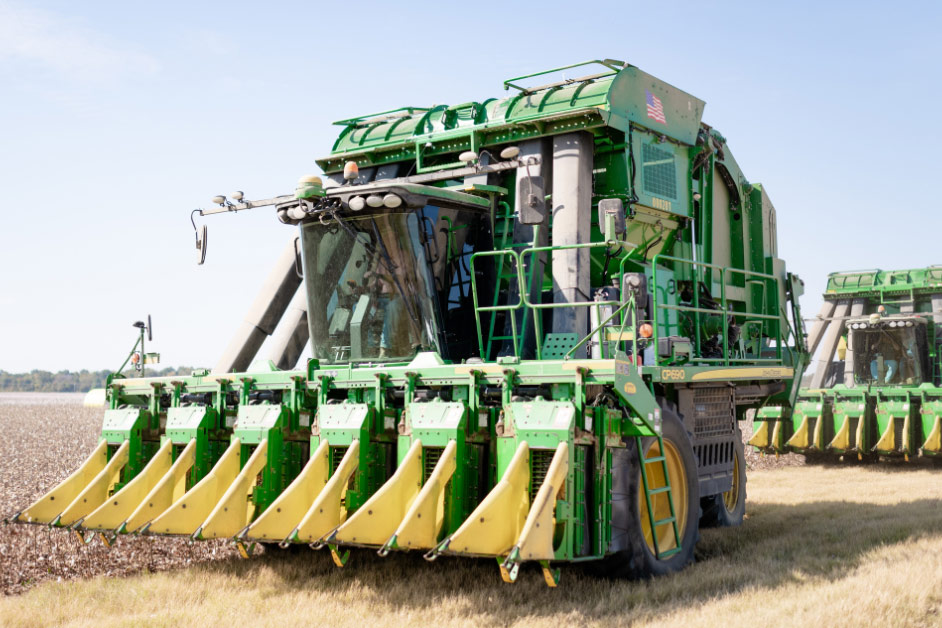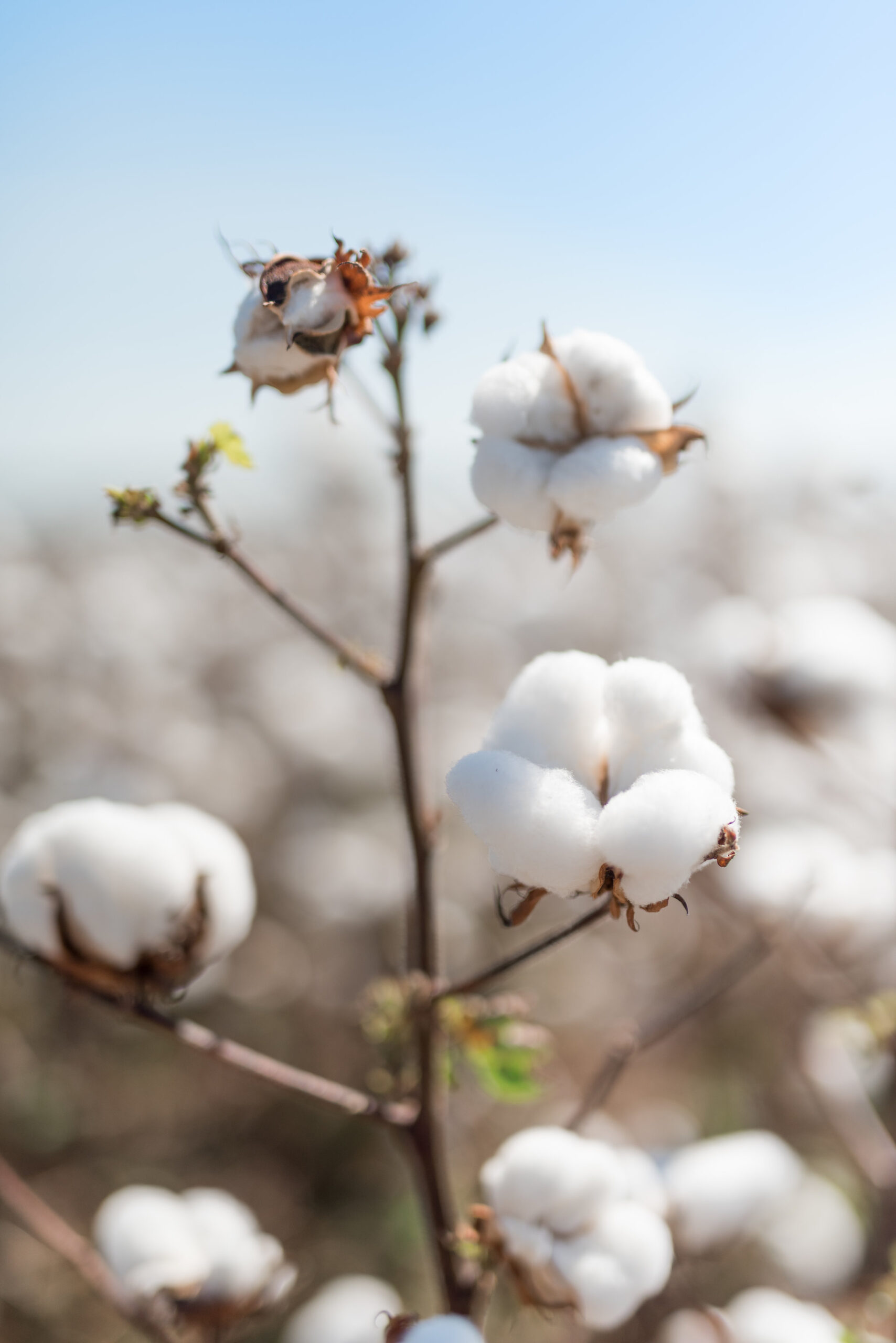Cotton Sustainability from Farm to Finishing
The cotton industry is at the forefront of creating sustainable textiles, with opportunities for environmental improvement and resource conservation sewn into the cotton life cycle.

Sustainable Cotton 101
Starting with the growing cycle, every stage of cotton production has the potential to contribute to sustainable fabric. Cotton growers are constantly striving to use water, soil, and energy more efficiently; both for the benefit of the planet and their bottom line.
Growing with Regenerative Agriculture
Regenerative agriculture is at the core of sustainable cotton. Field to Market® defines regenerative agriculture as farming practices that sequester carbon in the soil and intentionally improve soil health, biodiversity, water quality, and air quality while ensuring the viability of farm production.3
Cotton farmers across the country use practices like these to protect the environment and their investments: implementing soil health management systems on cotton farms has been shown to increase net income per acre.4 These opportunities to give back to the earth set cotton apart from manmade, synthetic fibers.



Sustainability was a clothing purchase driver for 74% of global survey respondents.8
90% of consumers perceive cotton as safe for the environment.8
Sustainability at a Glance
Learn more about how sustainability is woven into the cotton industry.
Blue Jeans Go Green™
Blue Jeans Go Green makes denim circularity a reality for consumers, professionals, and businesses by recycling denim into other materials.
Page References
Senathirajah, K., Attwood, S., Bhagwat, G., Carbery, M., Wilson, S., & Palanisami, T. (2020). Estimation of the mass of microplastics ingested – A pivotal first step towards human health risk assessment. Journal of Hazardous Materials, 404(B). https://doi.org/10.1016/j.jhazmat.2020.124004
Zambrano, M. C., Pawlak, J. J., Daystar, J., Ankeny, M., Cheng, J. J., & Venditti, R. A. (2019). Microfibers generated from the laundering of cotton, rayon and polyester based fabrics and their aquatic biodegradation. Marine Pollution Bulletin, 142, 394-407. https://doi.org/10.1016/j.marpolbul.2019.02.062
Field to Market. (n.d.) Defining Sustainable and Regenerative Agriculture. Retrieved October 15, 2024 from https://fieldtomarket.org/defining-sustainability/
Soil Health Institute. (2022). Economics of Soil Health Management Systems on Five Cotton Farms. https://soilhealthinstitute.org/app/uploads/2022/03/Economics-On-Five-Cotton-Farms.pdf
Cotton products are recyclable only in a few communities that have appropriate recycling facilities.
Ankeny, M., Daystar, J., Goller, C. C., Pawlak, J. J., Venditti, R. A., & Zambrano, M. C. (2020). Aerobic biodegradation in freshwater and marine environments of textile microfibers generated in clothes laundering: Effects of cellulose and polyester-based microfibers on the microbiome. Marine Pollution Bulletin, 151. https://doi.org/10.1016/j.marpolbul.2019.110826
Li, L., Frey, M., & Browning, K. J. (2010). Biodegradability Study on Cotton and Polyester Fabrics. Journal of Engineered Fibers and Fabrics, 5(4). https://doi.org/10.1177/155892501000500406
Cotton Incorporated. (2017). Cotton Incorporated Supply Chain Insights: Sustainable Clothing. https://cottonworks.com/wp-content/uploads/2019/11/SCI_Sustainable_Clothing_MT.pdf
Cotton Incorporated. (2017). Cotton Incorporated Supply Chain Insights: Sustainable Clothing. https://cottonworks.com/wp-content/uploads/2019/11/SCI_Sustainable_Clothing_MT.pdf